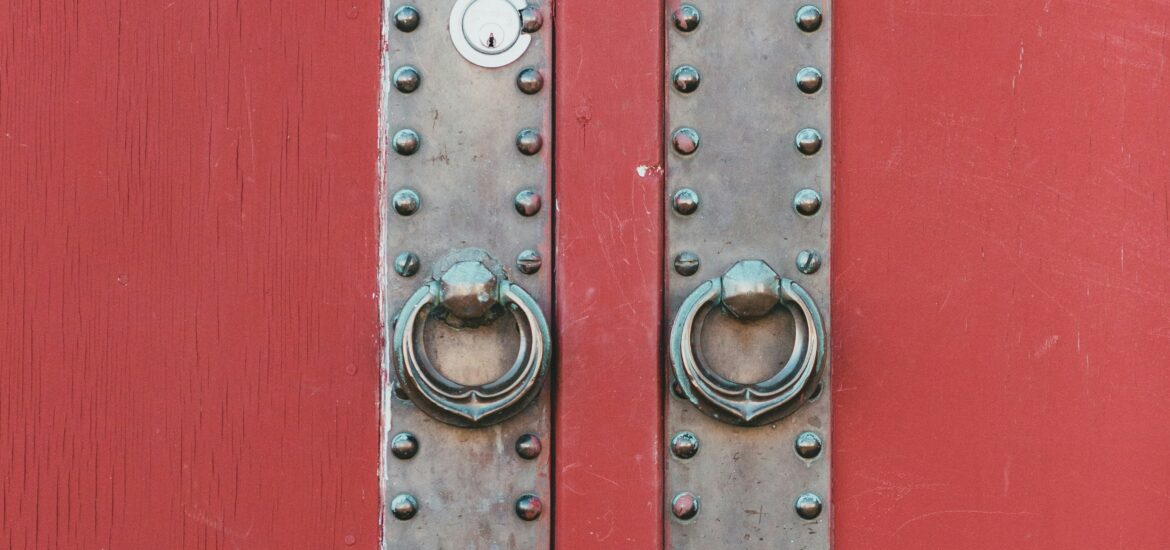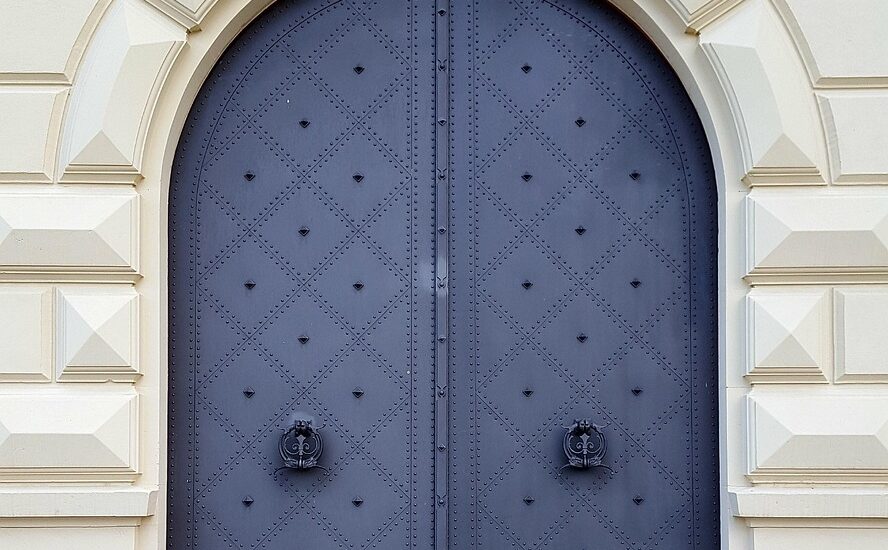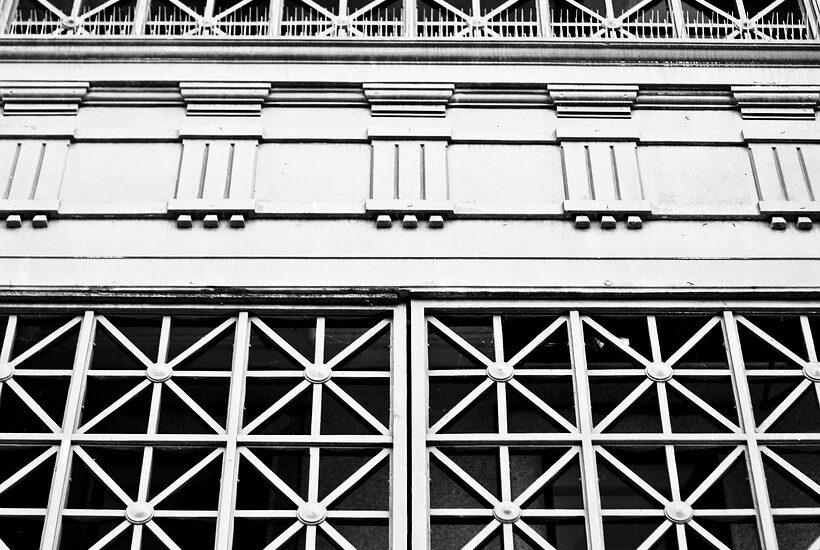In the modern era of home and business protection, steel doors have become the go-to solution for those seeking both durability and security. In Bridgend, where property owners value both aesthetics and functionality, ALLSECURE DOORS LTD (allsecuredoors.co.uk) has established itself as a trusted name in providing high-quality, bespoke steel doors. Whether you are a homeowner enhancing your entrance or a business securing your premises, steel doors offer a combination of strength, insulation, and design flexibility that few alternatives can match.
1. Why Choose Steel Doors for Your Bridgend Property?
Steel doors are not just about toughness; they represent long-term investment in security and style. Unlike traditional wooden or uPVC doors, steel options deliver unmatched protection against break-ins and harsh weather. Bridgend’s varying climate ranging from heavy rain to cold winters demands materials that can endure without warping, rotting, or corroding.
Key benefits of steel doors include:
- Superior security – Built with reinforced steel frames, these doors resist forced entry.
- Low maintenance – No repainting or polishing required; a simple wipe keeps them looking new.
- Weather resistance – Perfect for both coastal and inland areas of Bridgend.
- Customisable designs – Match the door with your property’s architectural style.
2. The ALLSECURE DOORS LTD Advantage
As a trusted supplier and installer, ALLSECURE DOORS LTD stands out for its commitment to quality craftsmanship and customer satisfaction. With years of experience across South Wales, including Bridgend, their team offers tailored solutions to suit residential and commercial needs.
Their products are designed with British security standards in mind and come equipped with multi-point locking systems, thermal insulation, and elegant finishes. From traditional panelled designs to contemporary minimalist styles, they have options that elevate any property’s curb appeal.
Why homeowners and businesses in Bridgend trust ALLSECURE DOORS LTD:
- Premium-grade materials for long-term reliability
- Expert installation by certified professionals
- Competitive pricing without compromising on safety
- Comprehensive aftercare and maintenance support
3. Residential Steel Doors – Strength with Style
For homeowners in Bridgend, choosing a steel front door means securing your family while adding elegance to your entryway. These doors can be powder-coated in a variety of finishes to complement brickwork, stone facades, or modern cladding.
Popular options include:
- Contemporary steel entry doors with sleek lines and minimalist hardware
- Classic paneled designs with decorative glazing for traditional homes
- Fire-rated steel doors offering both safety and insulation
Each door from ALLSECURE DOORS LTD can be equipped with high-performance locks and hinges, ensuring that beauty never comes at the cost of safety.
4. Commercial and Industrial Applications
Businesses in Bridgend, from retail outlets to industrial facilities, rely on robust security. ALLSECURE DOORS LTD provides commercial-grade steel doors designed to withstand constant use, heavy traffic, and potential break-ins.
Their range includes:
- Fire-exit and emergency doors
- Acoustic and thermal steel doors for offices
- Security-rated steel shutters and personnel doors
- Custom-made warehouse access doors
Every commercial solution is manufactured to exact specifications, meeting BS and EN security standards. The company’s professional fitting service ensures smooth operation and compliance with insurance requirements.
5. Energy Efficiency and Sustainability
Steel doors are not only strong, they are also energy-efficient. Modern designs from ALLSECURE DOORS LTD include insulated cores that help reduce heat loss during winter and maintain cool interiors in summer.
In Bridgend, where sustainability is increasingly important, steel doors contribute to energy savings and reduced carbon footprint. Additionally, they are 100% recyclable, making them a responsible choice for eco-conscious homeowners.
6. Customisation and Aesthetic Appeal
Contrary to common belief, steel doors are not all industrial-looking. ALLSECURE DOORS LTD offers extensive design customisation to suit both contemporary and heritage properties in Bridgend.
Choose from:
- Woodgrain or textured powder coatings
- Glass inserts for natural light
- Side panels and transoms
- A wide palette of colours and finishes
Every door is designed to integrate seamlessly with your property’s aesthetic, proving that security can be stylish too.
7. Installation and Aftercare
Professional installation plays a crucial role in ensuring maximum security and performance. The experts at ALLSECURE DOORS LTD handle the entire process—from site measurement to fitting and testing. Their installation process ensures airtight sealing, correct alignment, and compliance with local building regulations.
After installation, customers benefit from a comprehensive warranty and optional maintenance packages, ensuring longevity and smooth performance for years to come.
8. Why Bridgend Residents Trust ALLSECURE DOORS LTD
The company’s reputation is built on reliability and transparency. Their team provides honest advice tailored to your property, budget, and security needs. From the initial consultation to aftercare support, their goal is to deliver a seamless experience.
Their website (allsecuredoors.co.uk) showcases a wide gallery of completed installations and customer testimonials, demonstrating their consistent quality across projects in Bridgend and beyond.
9. Enhancing Property Value with Steel Doors
A well-installed steel door doesn’t just improve security, it adds value to your property. Prospective buyers and tenants appreciate the low maintenance, durability, and energy efficiency that steel doors bring. In Bridgend’s competitive housing market, upgrading to steel doors from ALLSECURE DOORS LTD is a long-term investment that pays off in both safety and resale value.
10. Conclusion: Secure Your Future with Strength and Style
When it comes to combining protection, design, and practicality, steel doors are unmatched. For residents and businesses in Bridgend, ALLSECURE DOORS LTD offers the perfect balance between modern engineering and timeless elegance.
Whether you’re renovating, building new, or upgrading your existing setup, investing in a steel door from ALLSECURE DOORS LTD ensures your property remains secure, stylish, and sustainable for decades to come.




